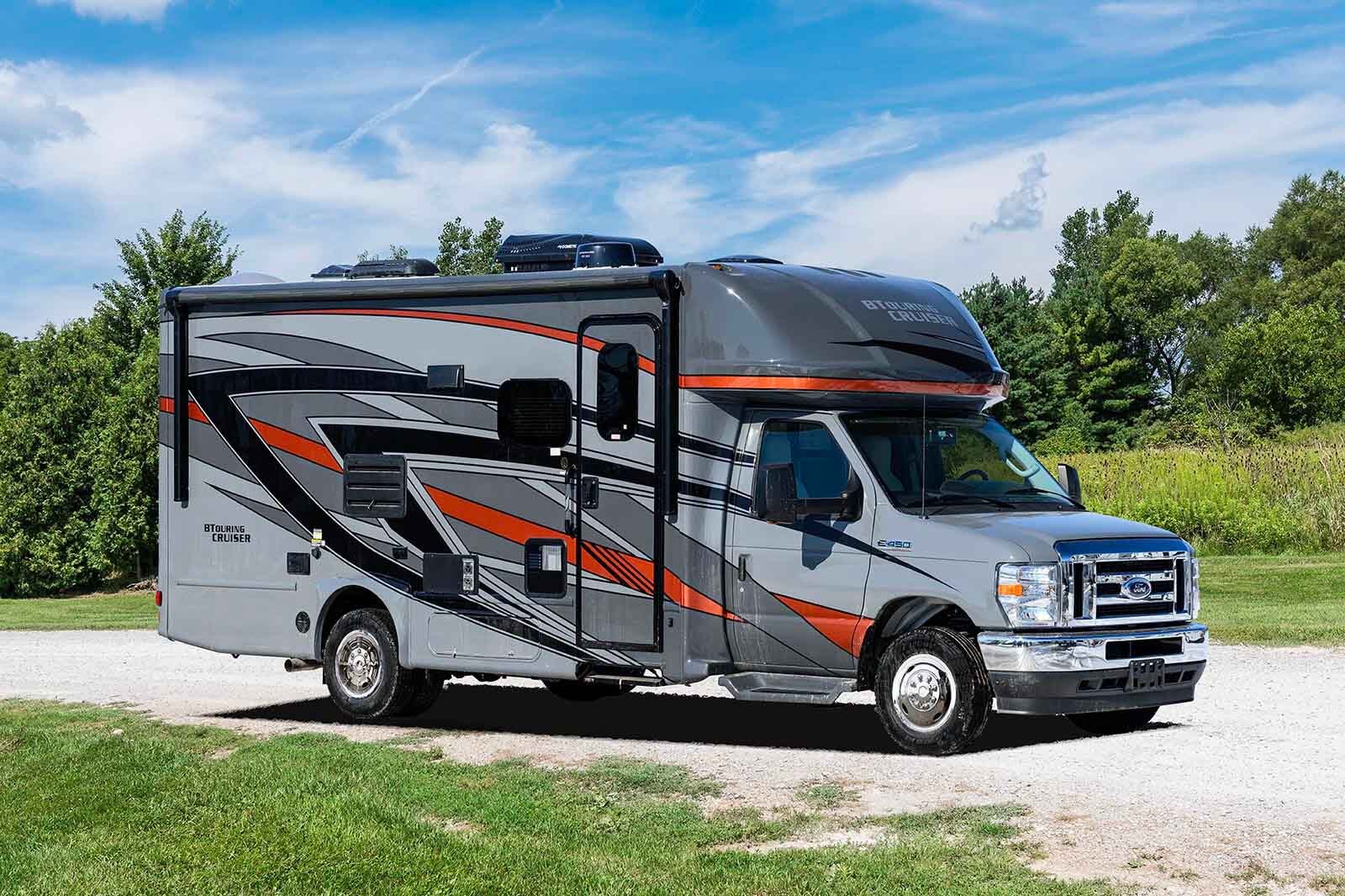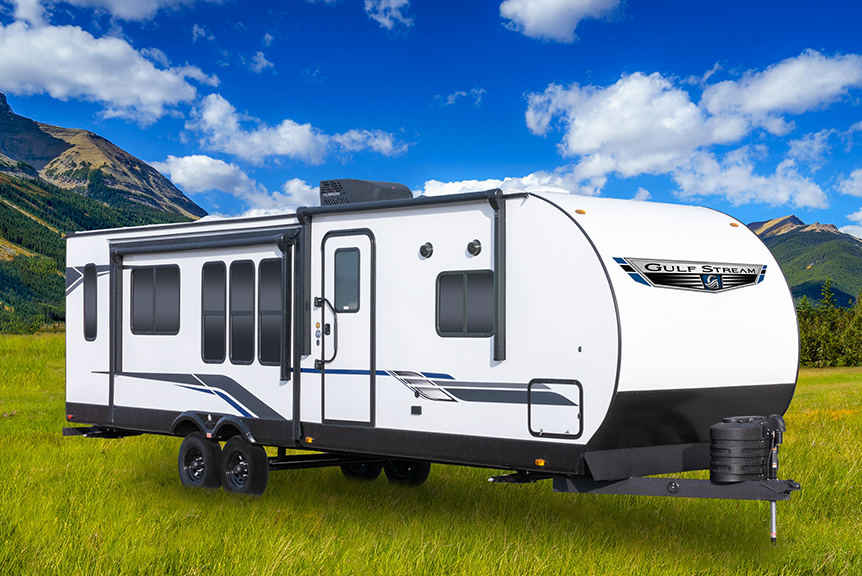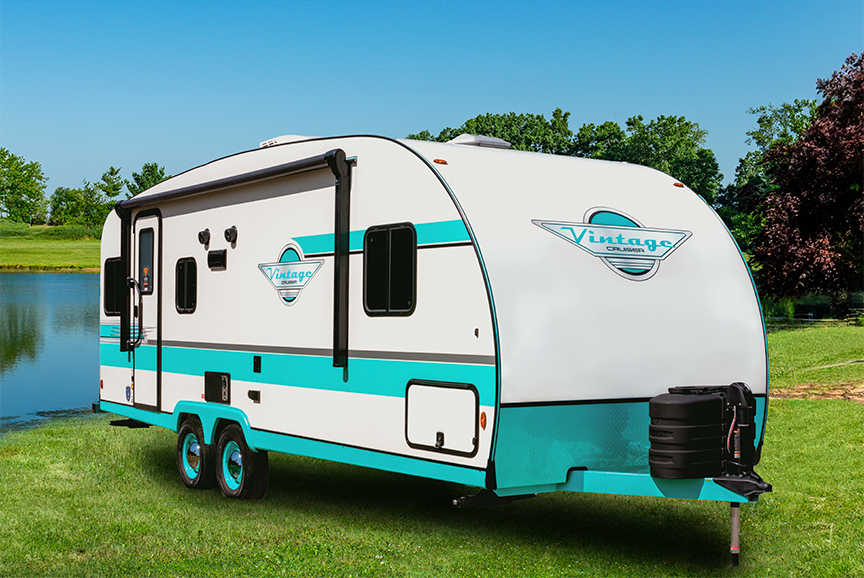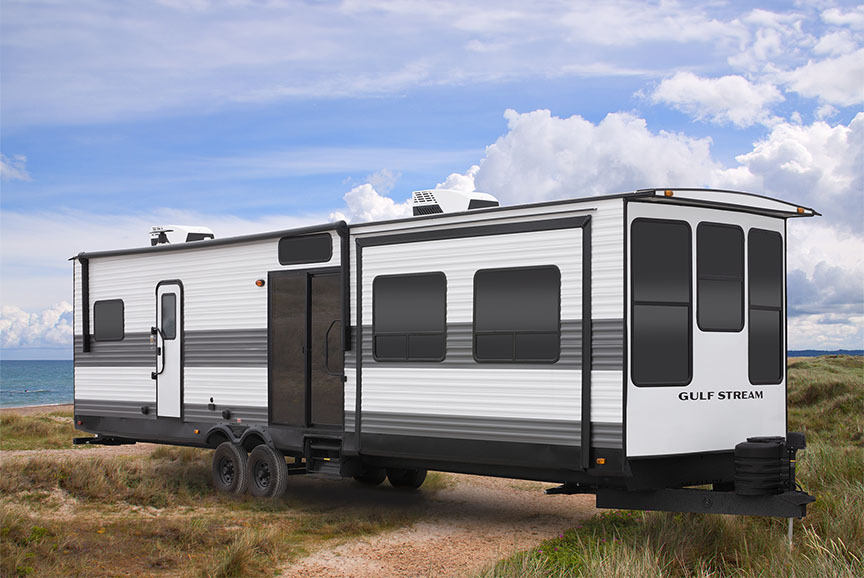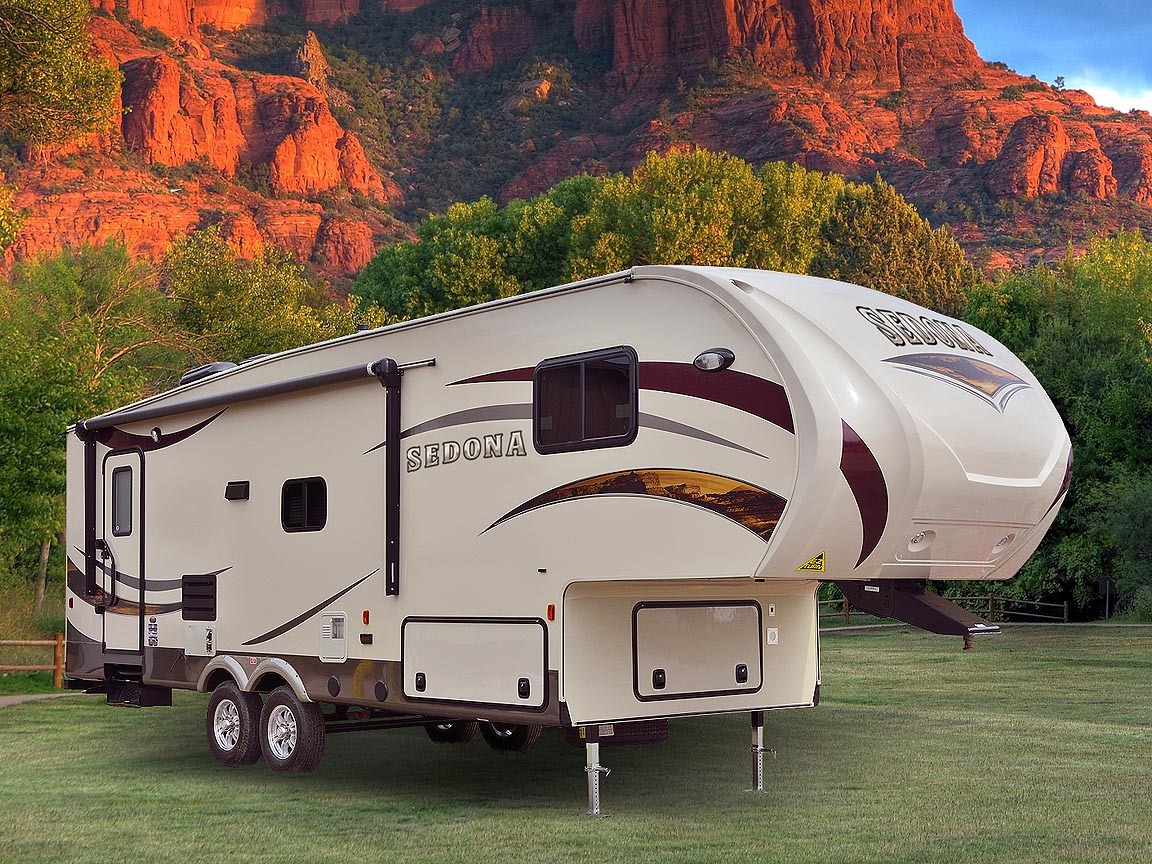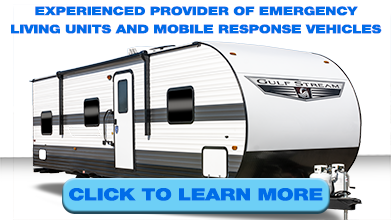RV Tire Basics
(Back to Table of Contents)
By some measures, tires are the hardest-working components of your travel trailer. Just think about what they go through in the course of a typical trip of a few hundred miles on the road: Millions of revolutions, encountering all of the rocks, cinders, oil, glass, water, potholes, cracks, and other assorted debris scattered along our highways, bearing the weight of the trailer and everything stuffed in it.
Often smaller in diameter than the tires on your tow vehicle, your RV tires rack up far more revolutions while covering the same distance. Those additional revolutions are also endured by the axle, bearings, and brakes of the RV.
In general, RV tires are used less frequently and spend more time parked under load than auto tires. While we use our RVs as often as time allows, they often sit unused for weeks (or months) at a time. Tires don’t thrive when parked - Sidewalls are stressed unequally, sunlight causes uneven aging, and pressures often sink well below appropriate levels. All of this makes travel trailer tire care and upkeep essential. Here are key things to remember:
- Proper tire pressure is essential. Buy an accurate tire gauge and use it frequently. Because you may sometimes find yourself somewhere where a pressurized source of air isn’t available, consider carrying a tire pump with you.
- Inspect your tires frequently. Look for any evidence of damage that may have been caused by debris or other road hazards. Because you may not see, hear, or feel the effects of trailer tire damage while driving, It’s unlikely you will notice it as readily as you would notice similar damage to your tow vehicle tires.
- Minimize the damage to tread, sidewalls, and tire bead by reducing the time your trailer sits supported only by the trailer tires. When parking for extended periods, use jack stands or other supports to reduce the strain on tires. If feasible, remove tires to protect them from flat-spotting and other strain on beads, treads, and sidewalls.
- Protect tires from the effects of direct sunlight by storing your RV under cover or using tire covers.
- Check the balance, tracking and alignment of trailer tires and axles. If balance or alignment is off due to extreme bumps, potholes, or overloading, tire wear increases dramatically.
- Keep total loaded weight of your trailer well UNDER the stated maximum. Overloading the trailer increases stress, heat, and deformation of tires significantly, greatly shortening their lifespan. There are other important safety factors related to proper loads, too. Don’t overload!
- Consider the calendar in addition to mileage when deciding how long to use a set of trailer tires. Over the course of 5 years, for example, you may put 10,000 miles on your travel trailer tires, and 60,000 miles on your tow vehicle tires. Both sets of tires may well be due for replacement whether it’s a measure of mileage or years.
- Check lug nuts regularly, and tighten to recommended torque settings. High speeds, vibration, and stress from overloading may combine forces to loosen lug nuts.
- Have a properly inflated spare tire with you at all times.
Proper Tire Pressure is Essential
One of the easiest and most effective ways to make your RV safer, more comfortable, more reliable, more economical, and more enjoyable is to maintain your travel trailer tiers at the proper pressure. Proper tire pressure improves on-the-road handling making turns and other maneuvers more stable and safer. Properly inflated tires provide the right level of control in windy conditions and on bumpy terrain, reducing strain on suspension components and trailer systems. Proper inflation reduces the operating temperature of tires, encourages even tread wear, and reduces the likelihood of a failure or other difficulty while driving.
With so many advantages in performance, comfort, and safety, it just makes good sense to check travel trailer tire pressures regularly and to use readily available sources of compressed air to fill tires as needed.
Read your trailer tires like a book
Because of their role in providing safe, reliable transportation, travel trailer tires are covered by strict industry rules and government regulations. These rules require standardized coding that can tell you everything you need to know about the construction and characteristics of your tires.
The large code molded into the sidewall is the TIN (Tire Identification Number) and starts with DOT.
- Example: DOT ST205/75D14
DOT = Department of Transportation, the regulating authority
ST = Designates a Special Trailer tire
205 = Refers to the width of the tire in millimeters
75 = Refers to the aspect ratio of the tire, comparing width to diameter
D = Identifies tire construction - D for Bias Ply; R for Radial Ply
14 = Refers to the wheel/tire diameter in inches
Below the Size Code is the Speed Rating.
- Example: SPEED RATING “L” (75MPH/120 KM/H MAX)
The speed rating states the speed at which the tire is designed to run for extended periods.
Elsewhere on the sidewall is the Load Range
- Example: 6PR LOAD RANGE C 100L TUBELESS - MAX LOAD 1760 LBS (800Kg)
6PR LOAD RANGE C = 6 ply, 50 psi; D = 8 ply, 65 psi; E = 10 ply, 80 psi.
100L = Load index of 100 (1760 lbs.), Speed index of L (75 mph)
Finally, the tire maker and date of manufacture is also recorded, in the event a recall or other data tracking is needed.
- Example: DOT RQS5 4417
RQSS = Unique manufacturer code
44 = Week of manufacture
17 = Year of manufacture

